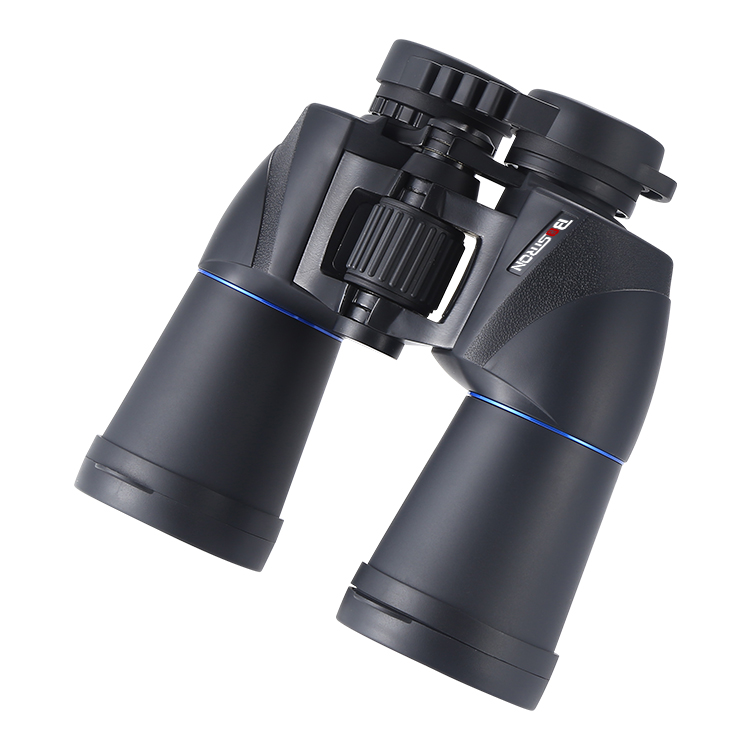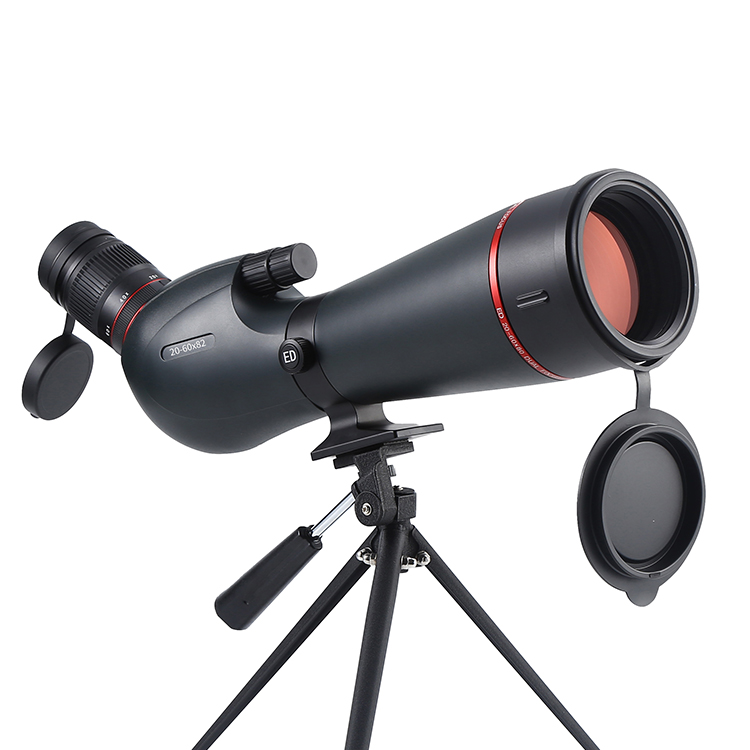Bird watching is a rewarding hobby that connects you with nature, but choosing the right binoculars can make or break your experience. Whether you’re a beginner or an avid birder, this guide will help you navigate the key factors, top brands, and maintenance practices to ensure you invest in the perfect optics for your needs.
1. Key Factors to Consider When Choosing Birding Binoculars
Magnification
The magnification (e.g., 8×42) determines how much closer birds appear. For most birders, 8× to 10× is ideal. Higher magnifications (e.g., 12×) provide more detail but require a steady hand or tripod due to increased shake. Lower magnifications (e.g., 7×) offer a wider field of view, making it easier to track fast-moving birds .
Objective Lens Diameter
The second number (e.g., 42 in 8×42) refers to the lens size. Larger lenses (30–42mm) gather more light, enhancing visibility in low-light conditions. Smaller lenses (20–25mm) are compact but sacrifice brightness. Opt for 42mm for versatility in forests and open fields .
Field of View (FOV)
A wider FOV (measured in feet at 1,000 yards) helps you locate and track birds. Look for binoculars with 300–400 feet of FOV.
Prism Type
- Roof Prisms: Sleek, lightweight, and waterproof .
- Porro Prisms: Bulkier but offer brighter images at a lower cost .
Waterproofing and Durability
Choose nitrogen-purged, O-ring-sealed binoculars to withstand rain, fog, and humidity—essential for environments like Chengdu’s wetlands .
Close Focus
For eyeglass wearers, prioritize 15–20mm eye relief . Models with twist-up eyecups ensure comfort during prolonged use .
2,Maintenance Tips for Longevity
- Cleaning: Use a microfiber cloth and lens brush to remove dust. Avoid harsh chemicals, streak-free results .
- Storage: Keep binoculars in a dry, cool place. Use silica gel packets to prevent moisture buildup.
- Avoid Extreme Temperatures: Prolonged exposure to heat or cold can damage internal components.
- Check Alignment: Regularly test focus and alignment to ensure optimal performance .
Conclusion
Choosing the right binoculars for bird watching involves balancing magnification, lens size, and durability. For most enthusiasts, the professional zoom spotting scope CY7 strikes the perfect balance of performance and affordability. For beginners, the Bostron CB3A 8X40 offers exceptional value. Remember to prioritize waterproofing, a wide FOV, and ergonomic design to enhance your birding adventures.


FAQs
- Q: What magnification is best for bird watching?
A: 8× to 10× is ideal for most scenarios. - Q: Are expensive binoculars worth it?
A: Yes, premium models offer superior clarity and durability for serious birders. - Q: How do I clean my binoculars?
A: Use a microfiber cloth and lens brush. Avoid touching the lenses directly .
By investing in quality optics and following these tips, you’ll elevate your bird watching experience and capture every detail of nature’s beauty.
Click here to check out the products we have carefully prepared for you
https://bostronoptics.com/product/?per_page=24
Or you can find us in Youtube!


